Small flash workshop Corine
I recently added small flash to the line up of workshops, and today it was Corine’s turn for her first small flash workshop. During these workshops I really go into the E-TTL system in depth and explain all the problems you can experience with E-TTL but most of all how to solve them, manual is of course also part of the workshop.
Gear used
For this workshop I used the following gear.
1x Canon 430EXII strobe
Canon 5DMKII
Canon ST-E2
Canon 70-200 f2.8 L IS
Translucent reflector
Rogue flashbender (or for the Dutch visitors http://www.cameranu.nl)
Sekonic L758 lightmeter
Theory first
In all my workshops theory is the start of the workshop, and also small flash is no exception.
In the theory part I explain the difference between small flash and big flash and how the system works and the problems one can encounter, which are of course also shown in the practice part which follows after the theory, however showing it with a powerpoint presentation is always a bit more clear for the student than only showing it in the real world.
Playing with E-TTL and manual
In the first part of the workshop I show how to work with E-TTL vs manual.
In this part it’s very clear how E-TTL works and what you can expect to go wrong, if you learn this by heart you will know in which situations E-TTL will be enough and in which situations you have to measure manual, and in fact it’s not that hard to remember. When a scene has a nice and even distribution of tones you can use E-TTL to get adequate results, when there is a lot of light tones or dark tones you will have to start considering doing manual readings (and to be honest why not always measure ?)
After this the students are shown how they can very easily create soft light and anything in between with just one translucent reflector. The following shot is one of the results from this. It’s always fun to to see the reactions from the students when they realize what you can do with just one translucent reflector and one strobe. It really doesn’t has to be expensive.
Mixing light
For the next setup I mixed available light with one strobe.
The nice thing about this setup was that I could expriment with the Rogue flashbender which I received a few days before the workshop from Cameranu (many thanks guys), and I have to add that this is a must buy when you are using small flash, it’s awesome. It’s a great reflection device which you can bend into a snoot but it will mainly be used as a great flash bounce card which works great. In this setup however I turned it around and used the dark side of the flashbender to block the light falling on the wall behind the model, this way you can use a nice quality of light on the model but not spilling it on the wall, and it works great so I’m really enthusiastic about this product, it folds up very easy in your bag and has loads of options so make sure you get one for yourself.
Corine was lit by the chandelier and when shot without the strobe the bulbs will blow out or the model will be too dark, to solve this I’ve added one strobe with an amber colored gell (to lower the colortemperature) and of course the flashbender to block the spill light. During the workshop I will first show the E-TTL method and how to correct this with the EC and FEC to get the mood you want, after this I show that it’s often much quicker to measure the scene. Here are two of my favorite shots of this setup.
Going outside
Part of this workshop (when the weather allows) is an outside part where I show how powerful those little strobes can be when used outside. And ok the sun in the Netherlands is not like it’s in California but also here you can have some very sunny days, and this day it was one of those. Also here I will start out with E-TTL settings and show the difference between the FEC and EC settings (Flash Exposure Compensation and Exposure Compensation), but also HSS (High Speed Sync) is explained and demonstrated. I started out with the bare strobe and E-TTL, after this I moved to the Manual mode and added a small striplight to the strobe. The striplight and connector is part of the “Frank Doorhof strobist kit” from CameraNu.
I have to add that I did use Photoshop on the outside shots a bit more than I normally do, this was not because the original files were not correct but I just believe that this kind of treatment worked really well for these shots.
Conclusion
Small flash is often not take serious by photographers working with “big flash” and regarded as those fun little strobes for beginners. But many photographers luckily see the small flash for the value they really give. When travelling they rock, add a Rogue flashbender and you’re incredibly flexible and it doesn’t take up any space or weight. Although personally I love the Elinchrom Rangers and Quadras I strongly believe in “horses for courses” and small flash is without a doubt adequate for most situations and if you do need more power just add another one (I always travel with three). However I do believe that working with small flash is not as easy as some people will make you believe, it’s not just pressing the shutter and getting the result you want. Yes for most fill in flash it work just fine, but when you want a little bit more you will really have to understand how the system work, but also in more difficult situations it’s very important to understand how the system works, and of course being able to shoot manual is a must I think, so I also give a lot of attention to that part.


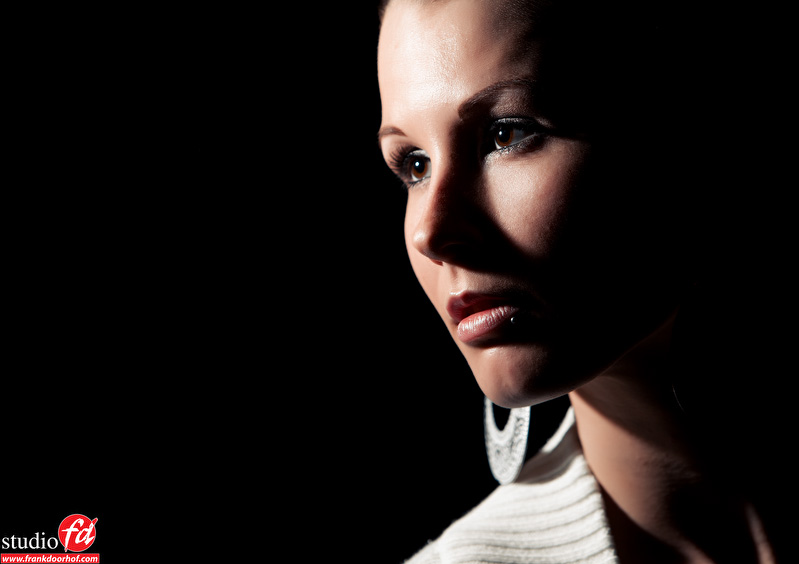
.jpg)
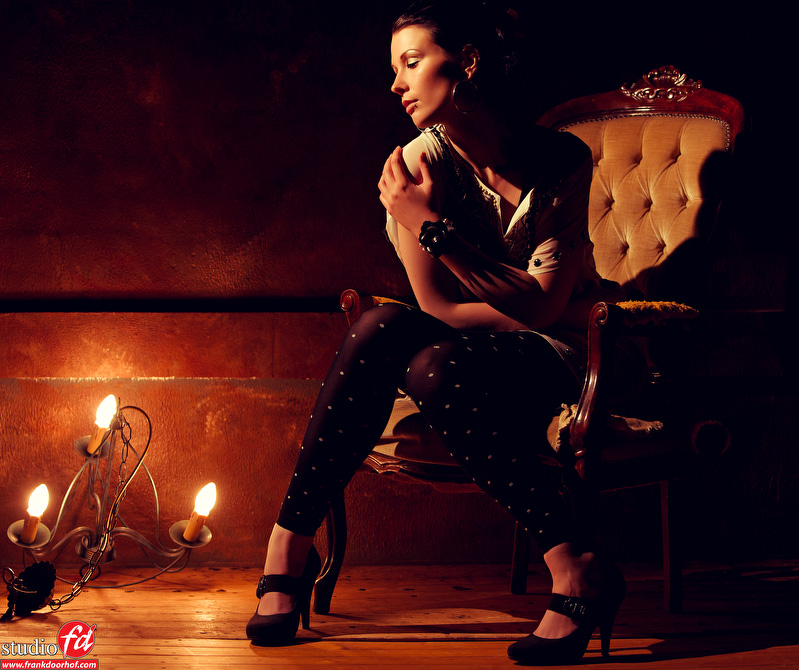
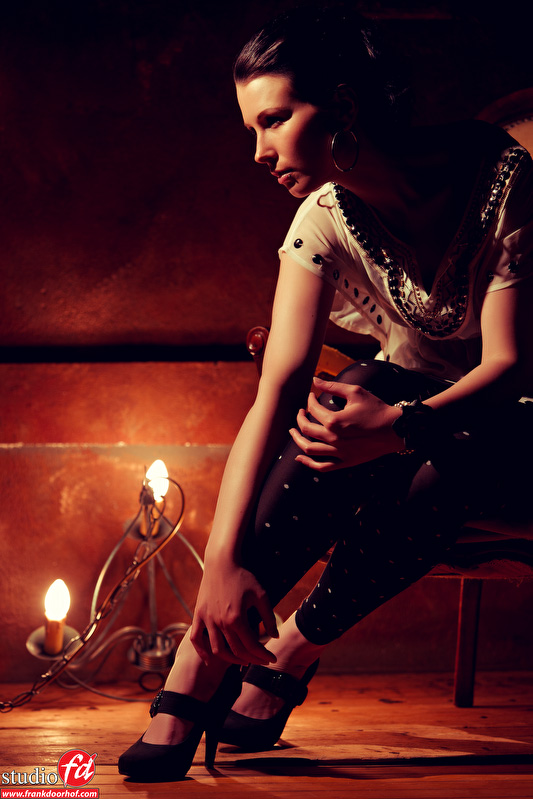
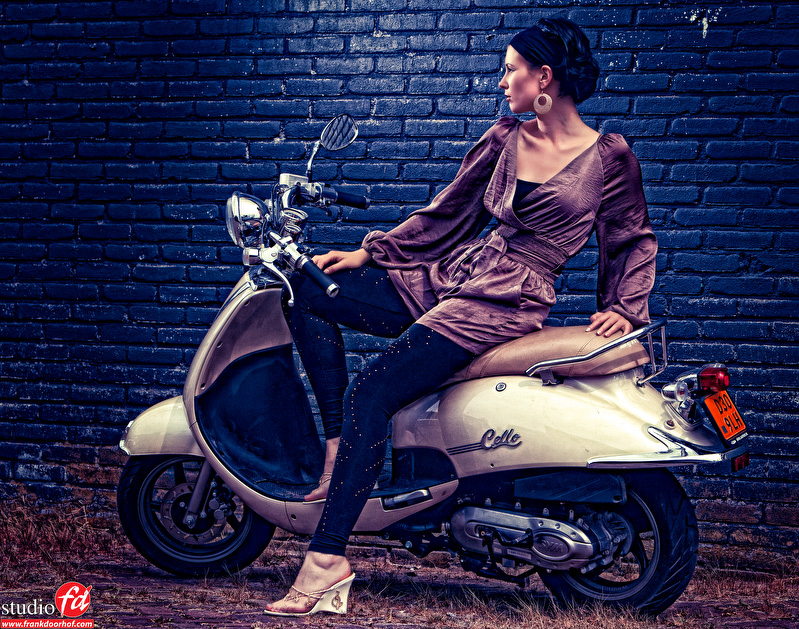
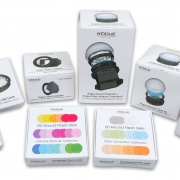
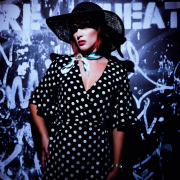


Hey Frank, hope you had a wonderful birthday and thanks again for your amazing tips. Keep em coming.
Fantastic shots Frank – love your work, thanks for sharing all the info as always!
You’re welcome
that shot on teh bike is awesome ( first 1 for the thread ) how did you light and process that 1?
Open strobe without a modifier. And sone NIK tonal contrast. You can find that in their colorfx suite. See the discount page under the gear guide for a nice discount.
thanks frank looks simple enough to do ( I.E itll still take me a bunch of goes haha ) i have nik software had a feeling you had used some tonal contrast. for the colours of the picture is that from alien skin exposure 3 or 1 of your homebrew curves settings?
It’s the curves indeed.
I was one of the students and I have to say that this workshop was great.nThe way Frank really showed how things can (and will) go wrong when shooting ETTL made so much clear.nAnd even more important, how to correct this so you will have controle. nStill absorbing all info, but this weekend I will do some more testing with small flashes.nGave me a complete different opinion about small flashes.nnThanks Frank
thanks, it was a fun group to teach 😀
Thanks, feel free to add a small remark about the workshop at the just released http://www.fotografie-workshops.nl website
just awesome Frank! m/
I joined this workshop and I really thought it was very interesting and helpful.nFranks show in a short time all the ins and outs about small flash, what can you do with one flash and you should use it.nThanks Frank for improving my skills! :-)nYou may be interested to see some images I shot during Franks-Workshop:nhttp://www.flickr.com/photos/justgerald/5707308177nhttp://www.flickr.com/photos/justgerald/5698841706nnn
Thanks, feel free to add a small remark about the workshop at the just released http://www.fotografie-workshops.nl website 😀
Consider it done! 🙂
Consider it done! 🙂
Hi. Where do you hold your small flash workshop? Also have a question about my elinchrom d-lite 2. Suddenly can’t get strobes to fire. Either one. I bought a new battery for the skyport transmitter and still not working. help!
Hi,nThe workshops are taught mostly in the Netherlands but I do travel around a lot during the year, we now have planned Boston, Las Vegas (PSW) and are very busy with London and Dublin.nnPlease check http://www.whyfakeitwhenyoucancreateit.com for international workshops, or http://www.photography-workshops.eu for the other workshops.nnOn the D-lites please check that you are not in speed mode on the trigger and slow on the D-lite, also check channel.nYou can switch between speed and normal on the skyport by holding the test button for a few seconds, when it blinks fast it’s in speed mode, when it blinks slow it’s in normal mode. Remember this is only for the new skyports and the economy skyport that is delivered with the new D-lite sets.
Hi,nThe workshops are taught mostly in the Netherlands but I do travel around a lot during the year, we now have planned Boston, Las Vegas (PSW) and are very busy with London and Dublin.nnPlease check http://www.whyfakeitwhenyoucan… for international workshops, or http://www.photography-worksho… for the other workshops.nnOn the D-lites please check that you are not in speed mode on the trigger and slow on the D-lite, also check channel.nYou can switch between speed and normal on the skyport by holding the test button for a few seconds, when it blinks fast it’s in speed mode, when it blinks slow it’s in normal mode. Remember this is only for the new skyports and the economy skyport that is delivered with the new D-lite sets.
Hi Frank. Thanks for the reply. Well the salesman from the place where I bought the lights helped me out. Somehow they’d become unsynched. With the head OFF, I pressed and held the test button on skyport transmitter and then turned the head ON. After a couple of seconds, let go of test button. I then tested and it worked!!! Yay! When the heads are turned on, they look for a frequency and set themselves to whatever the transmitter is set to if the trannsmitter is putting out the frequency; and the way to get the transmitter to put out the frequency is like I said to hold down the test button before and during turning on the head. I see it like bluetooth device pairing and the pairing got lost. I was so happy he figured it out. I have no idea how they suddenly became unsynched! nnWell too bad about the workshops; they are far from me. Im in San Francisco. But if you ever come this way, let me know! We have a pretty big photography community here and I’m sure you’d get lots of people at the workshop!nnThanks! nn~Darbyndarbyprophoto.comn
and by the way, thanks for the tip on changing toggling speeds. I didn’t know that. The user manual for these things is horrible. Doesn’t mention either thing we’ve discussed! Seems pretty important to know how to set the channels on your strobes, eh?
True, and manuals are indeed….. well…… ok not that complete 😀